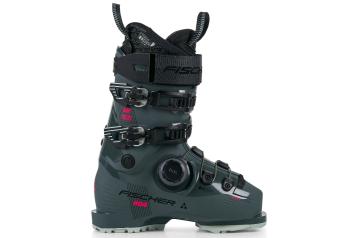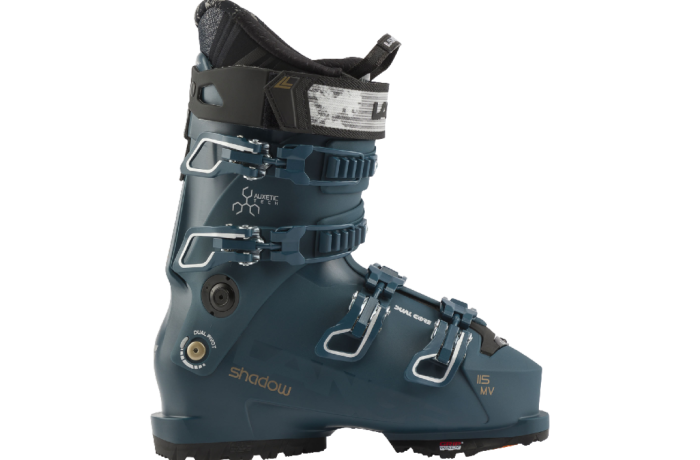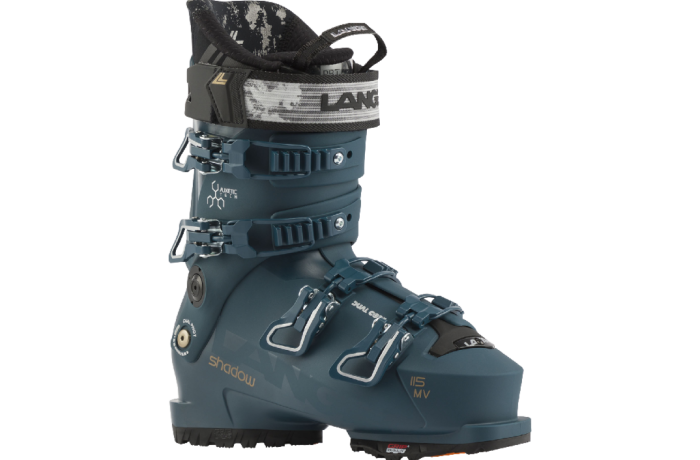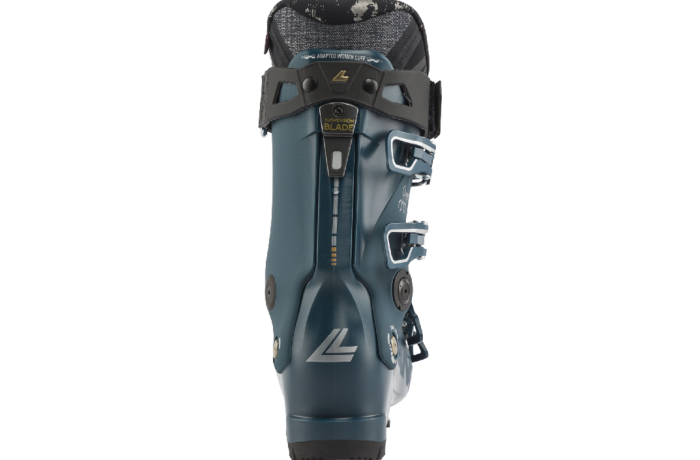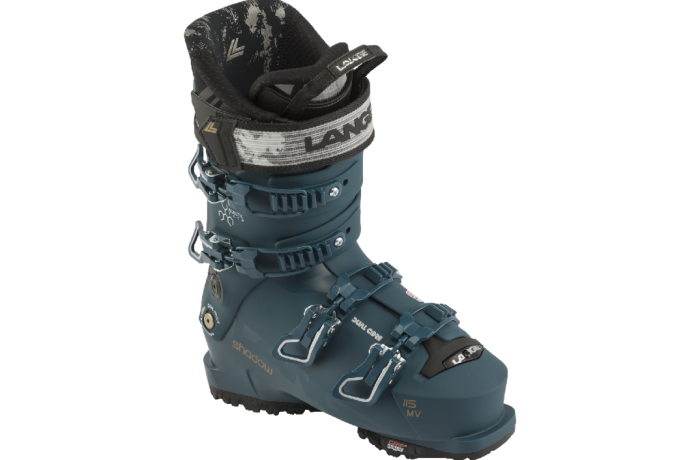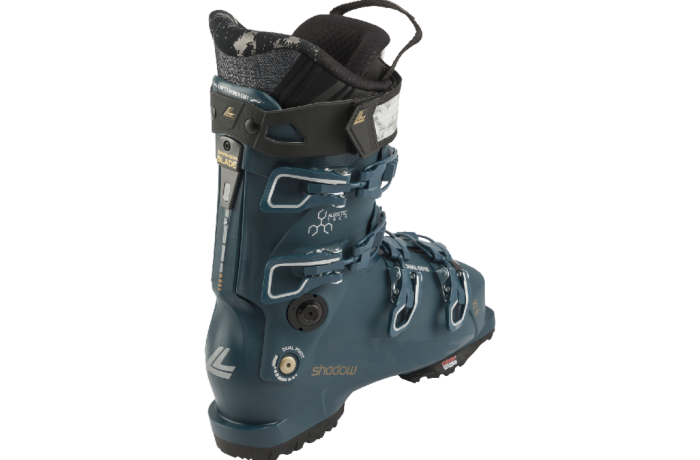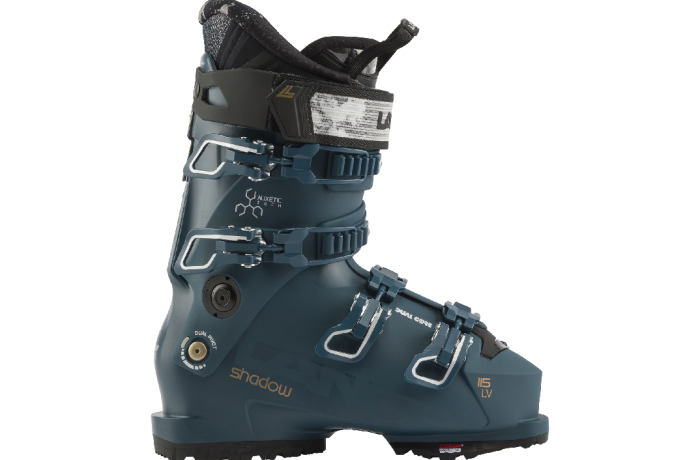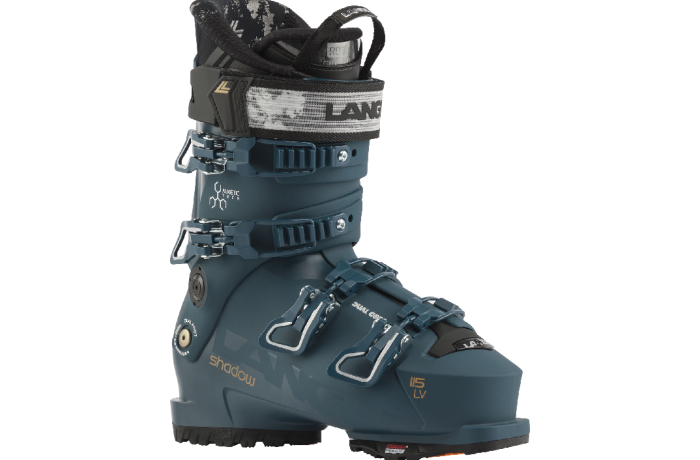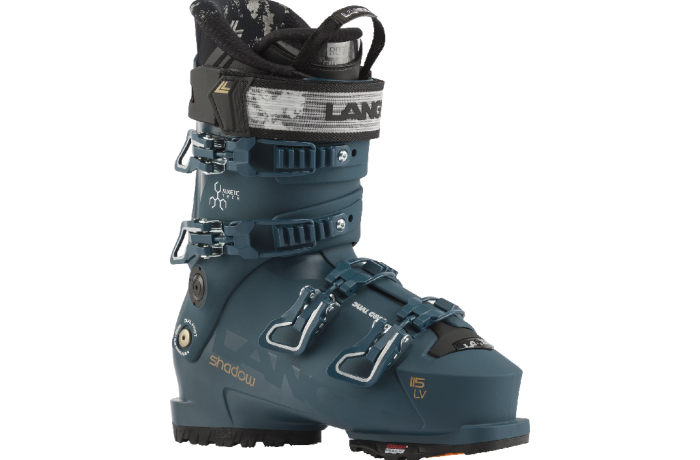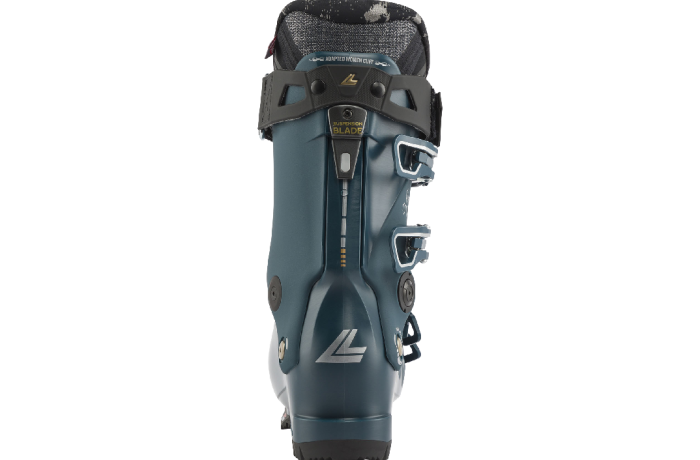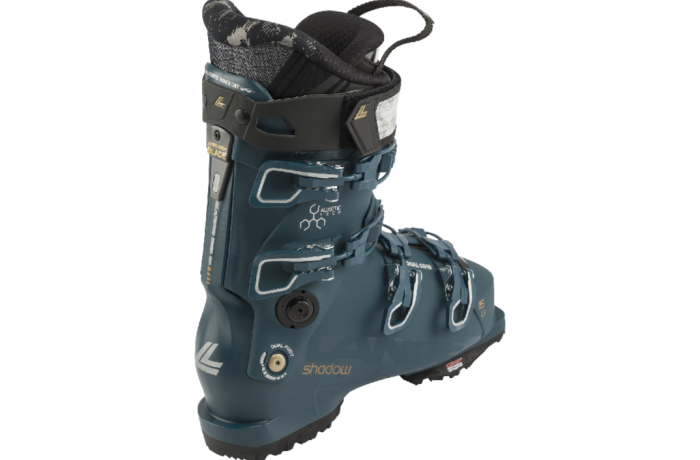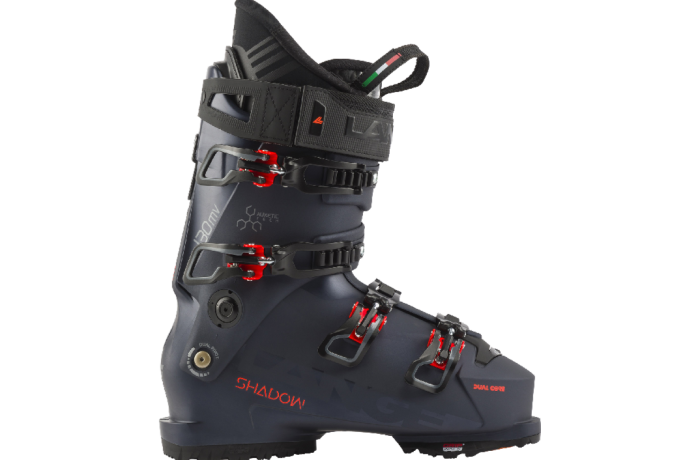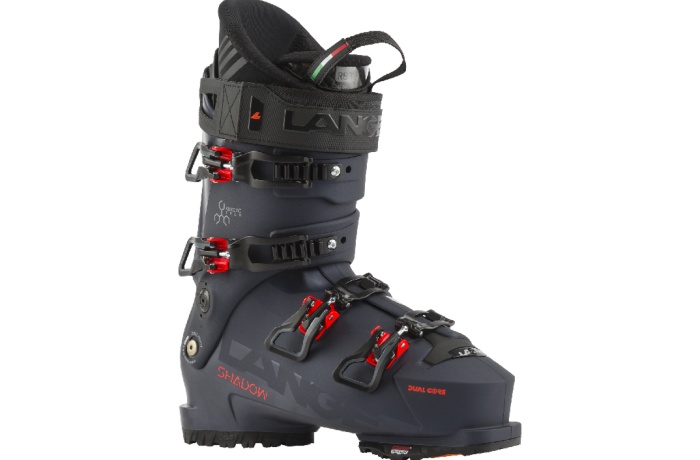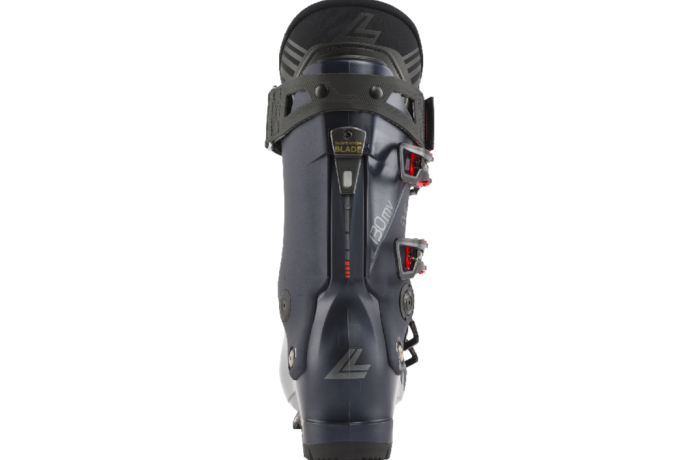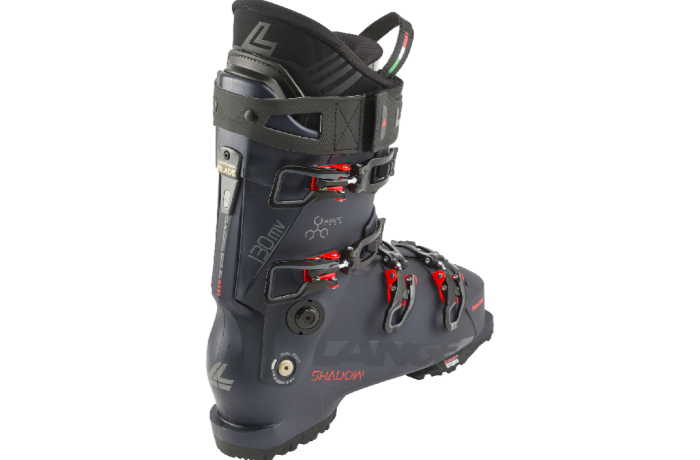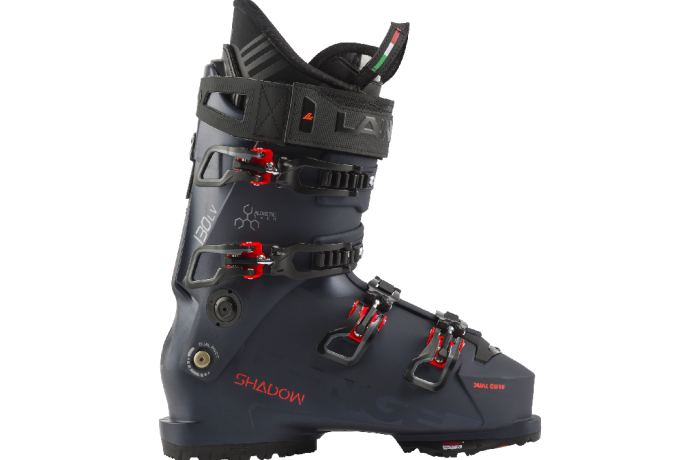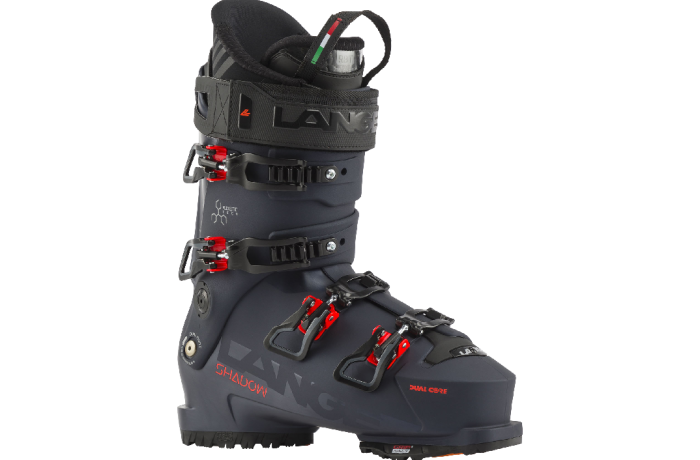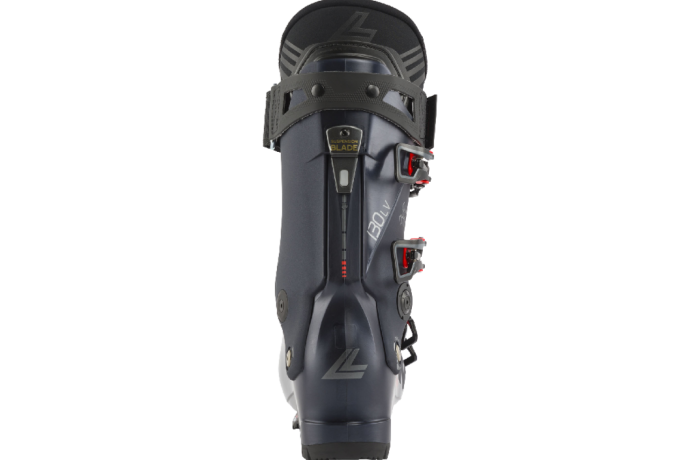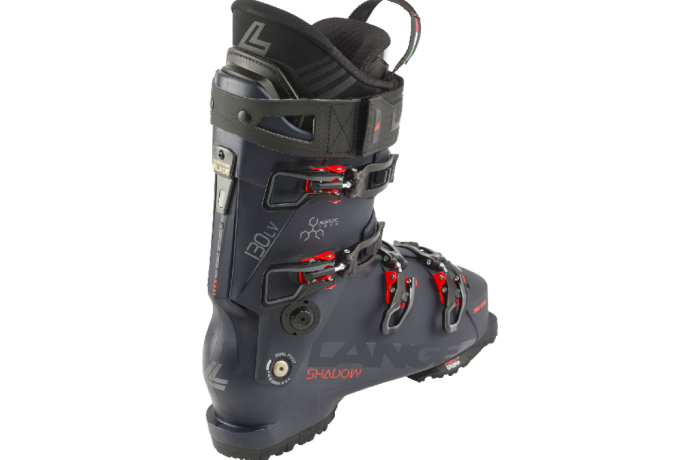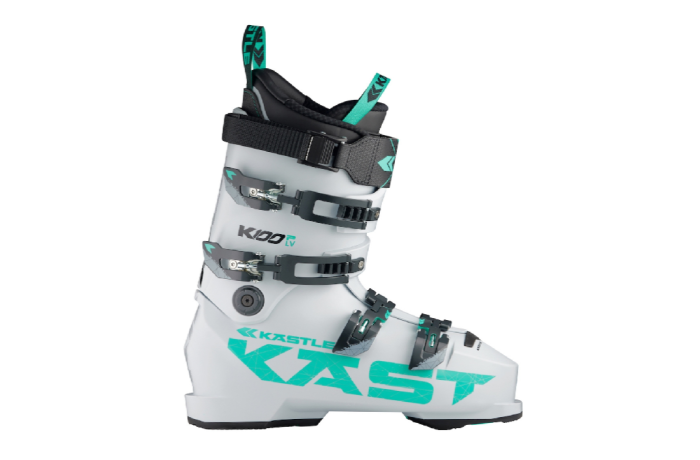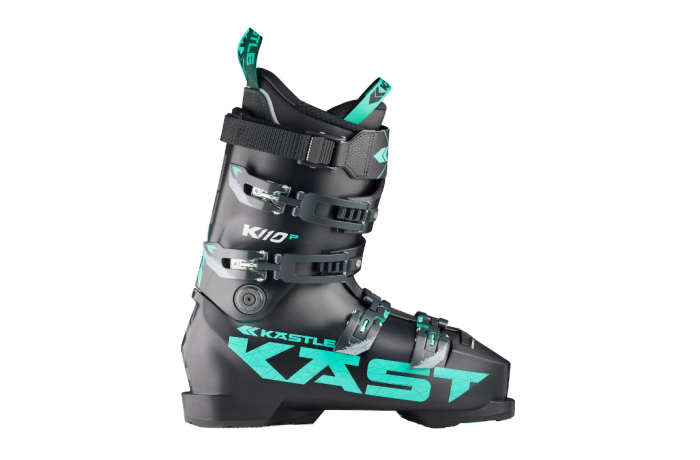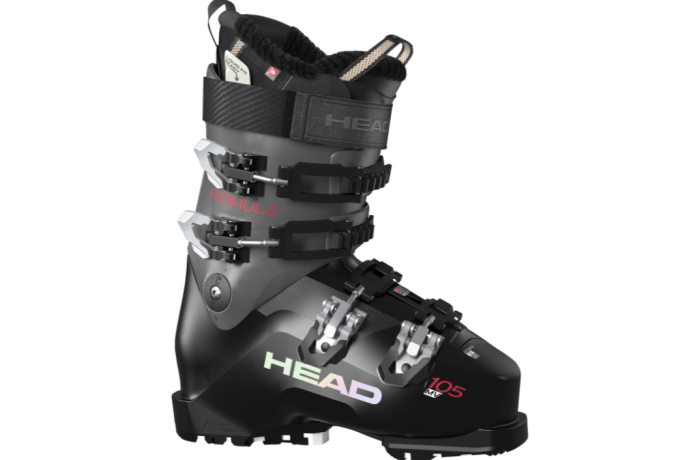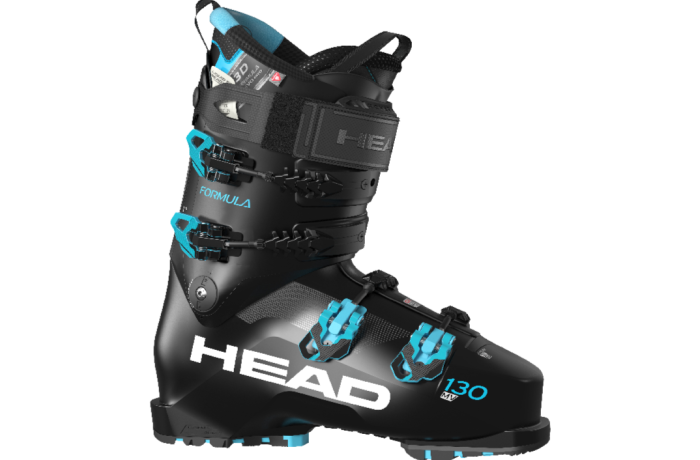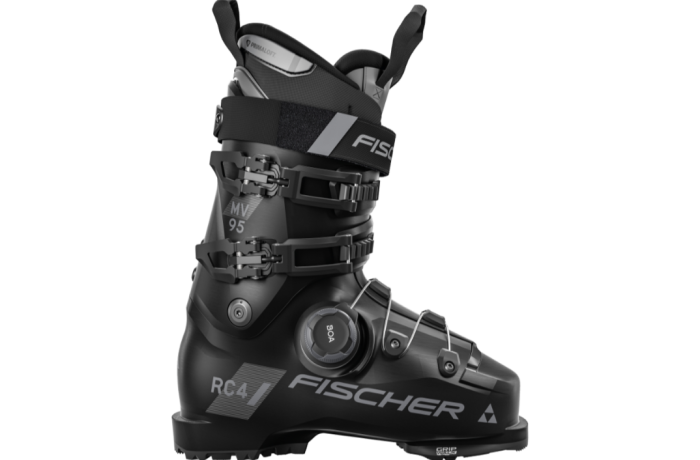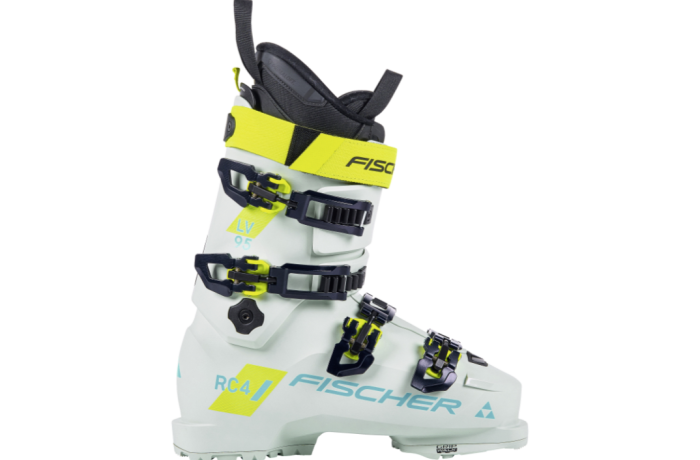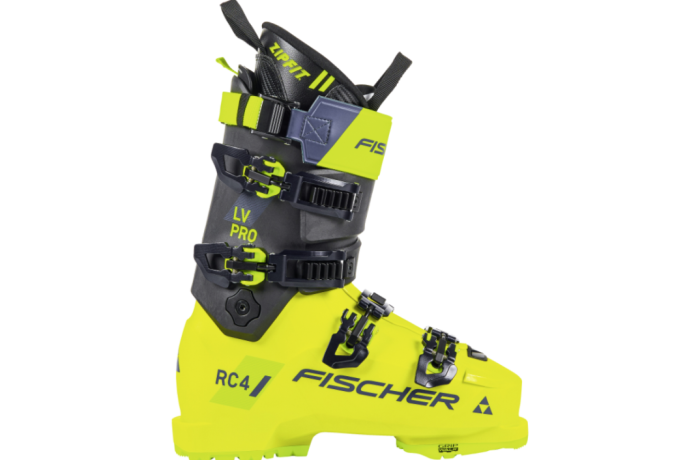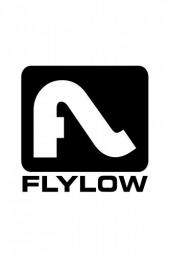As the Lange Shadow enters its second season on the market after a stellar inaugural year that saw all Shadow models for men and women achieve best-seller status for retailers across the country it was interesting to see how testers engaged with it again. Some of our women's test team had put it through its paces last year where both the LV and the MV women's Shadows were in the top group of gold medal winners in their categories. Other testers experienced it for the first time this year. Reactions from testers this time around, regardless of their level of experience with the Shadow MV 115 W, were virtually identical--flawless fit, perfectly predictable on-snow behavior, almost unlimited power and quickness and all of that wrapped up in a warm and easy-to-put-on package.
There's an interesting technical story to be told about the Shadow boots--the Lange designers' quest to build a boot that took a step up and beyond what they had achieved with the predecessor RX all-mountain line-up led them to make some fundamental structural changes to produce a boot that did more with less. Specifically, they were after a way to make a smaller range of less-distorted boot flexion apply more leverage to the front of the ski and increase the lateral and torsional transmission of energy, all without rendering the boot rigid-feeling or difficult to get on.
The way this is accomplished--and last year's test results bore out that it was--is with a four-point connection (two per side) of cuff to lower shell at the ankle hinge point and a gliding rear spine connection that marries cuff to lower through a tongue-in-groove style blade. Without getting too deep in the design weeds, both the ankle point connections and rear groovy blade connection are fixed with elastomer inserts that restrain free movement at each point but in a non-rigid fashion. This reduces energy-sapping distortion of plastic and smooths power delivery to the ski while it also reduces the amount of skier input required to make it happen. It does more with less.
Testers who didn't necessarily know the details of the boot's design philosophy and execution provided unwitting proof-of-concept to these grand technological claims. One put it this way: Really easy to get in and out of for a stiff flex. Felt really supportive laterally in uneven terrain, popping side to side. So easy to steer and direct, through all radius turns. Responsive in every way--flex resistance was supportive, rebound was fast, sole connection to the ski and steering was direct and immediate. I couldn't find a category that the boot didn't perform well in--but notably, the flex and rebound are extra smooth.
Another tester had this to say: Stable--instills confidence--and very responsive, especially for a comfy medium width. All in all a pretty cool boot, lots of technology, and it gives good feedback when skiing and feels dynamic and pared-down-enough to be super snappy.
The test team universally loved how easy the boots went on and off and how well they fit their foot and leg, straight out of the box. They commented on the silky, perfectly cushioned feel of the Auxetic liner (has micro etched perforations in its exterior material that allow it to more easily bend around body shape contours) but they also mentioned that it didn't seem to loosen up as it warmed during skiing--and testers who performed long-term tests on Shadow boots after last year's launch reported that pack-out was minimal and that its characteristically cushioned feel against the sock remained consistent.
Similarly, all testers made some sort of mention that the Shadow MV 115 W should not have felt as strong on edge nor have been as quick to respond to steering and pressure inputs as it was, given how comfortably it fit and how easy it was to get on and off. For testers (and customers) with a long history with Lange, they're often skeptical about the boots’ performance potential when trying on the Shadow in a shop setting, at room temperature, it just feels too good to ski well, they venture. Invariably, they report back later that they were both surprised and thankfully mistaken in their concern--the boot rips, is what they always say after skiing it.
Was there anything that our testers didn't like about the Shadow MV 115 W? Not really, but a few made mention that the boot's shorter-than-RX external boot sole length made the interior dimension feel a little short on the longest toe--even though Lange swears up and down that the internal length fit did not change from the previous RX line-up. We all know the line about product representatives--lies and lips moving--and so here we'll say the testers have a point, though the shortness of length fit is a very minor deviation from the category norm in that fit zone. But to circle back to a brand's level of truth-in-advertising, Lange's Shadow story comes with a lot of technical detail and some pretty big claims of doing more with less, and on that score testers say believe the hype--it ain't just marketing mumbo jumbo.
